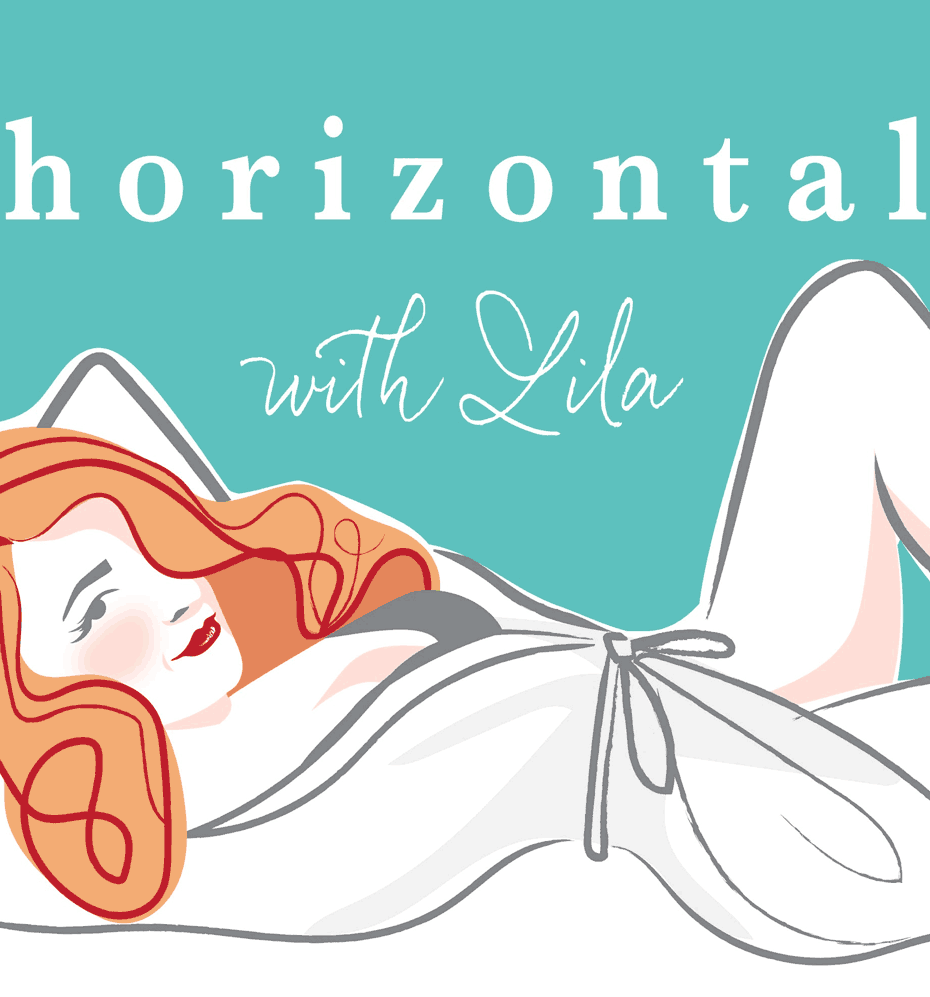Illustrator Tire Track Stroke Apply Brush Stroke to Path Illustrator
You have to love a word like "blob." It's undeniably silly and fun—which would explain why even skilled designers might be tempted to dismiss Adobe Illustrator's blob brush tool. Actually, the blob brush has some distinct differences from the normal brush that make it a powerful design tool for professionals, despite its silly name. With that said, let's dive into how to make the most out of the blob brush tool in your own artwork.
What's the difference between the blob brush and the regular brush?
—

The side by side comparison above illustrates the difference between the regular brush and the blob brush.
On the left we see a line that was drawn using the regular brush tool (B). We can see by looking at the highlighted blue vector data that we have created a line (or stroke) with two endpoints. The black color surrounding this stroke is not defined by its outer perimeter, but rather by the "weight" of the stroke (Window>Stroke). In simple terms, increasing the weight of your stroke will make your squiggle thicker!
On the right we see a similar squiggle, this time drawn using the blob brush tool (Shift + B). Looking at the highlighted blue vector data, we can see that rather than creating a line with two endpoints, we have created a complete shape with a black fill—a blob if you will.
What makes the blob brush special?
—

A convenient feature of the blob brush tool is that you can add to your shape while maintaining a simple, single shape. In the example above, I've drawn onto a single shape created with the blob brush four times, adding a little bit more to it with each brushstroke. The highlighted blue vector data shows that we are essentially expanding our shape each time we use the blob brush on it (without adding additional layers or shapes).
So why not just use the regular brush? Well, think about drawing with a paint brush. Commonly painters use many brush strokes to fill in an area of the canvas or to create a shape in a given color. The blob brush allows you to work in a similar fashion: You can make many different strokes and still end up with a single shape in a given color. Trying to do this with the regular brush would leave you with many overlapping vector strokes which would then need to be expanded and merged together to achieve a similar result. Not nearly as convenient!
Don't forget you have options
—

The blob brush has all the same panel options as the regular brush. By double clicking on a brush preset, you can change the angle, roundness and size. This can be good for mimicking various brush styles, like calligraphy, or even more useful for edging in the corner of a shape.
When is the blob brush most useful?
—
Now that you're getting an idea of how the blob brush works, let's take a look at how the blob brush might be useful for practical tasks in your design workflow, such as filling in areas with color, capturing a painterly feel or even for tracing shapes from photos. The following are examples of how the blob brush might have been used in a real life design.
Using the blob brush for color

The tree illustration featured in this logo has a free and flowing style. The leaves and branches are loosely suggested with gestural forms and overlap a green layer. Together, these shapes give a sense of lushness without too much detail. Given that this layered green shape is not defined by a strict outline (which could be given a fill), it's a perfect candidate for the blob brush tool. In this case, the form could begin at the center of the tree, and expanded outwards with many strokes until the leafy area is filled in a way that holds a similar stylistic sensitivity to the rest of the design.
Using the blob brush as a revision tool

Alternatively, this illustration contains many odd dots, shapes and blobs—all which could be created with the blob brush tool. We can also see potential in this piece for additive and subtractive brush strokes.
In other words, there may have been a process of building up and chipping away at shapes until the the final piece was realized. The blob brush is really the perfect tool for reworking a design in this way given that shapes can be nibbled away at using the eraser tool (Shift + E) and then added to again with the blob brush.
Using the blob brush for casual shapes and forms

Lastly, this design features many casual lines and shapes. The soft color that fills in the hair, the robe and the shadows of the body are all loosely defined shapes with a freehand style.
When aiming for a more casual feel, the blob brush can be handy because it allows you to quickly sketch out different shapes to use as hair fills, blush or body shadows. These shapes can then be easily added or subtracted from until the desired nuance in achieved.
Time to take the blob brush seriously
—
Hopefully, you can now agree that the blob brush isn't so silly after all. Well… that depends on how you use it, but that doesn't mean it can't assist in professional design jobs at the same time! Next time you feel stuck on an illustration or are simply looking for some new tools to expand your design skill set, consider implementing the blob brush into your workflow.
Want to make finding and working with clients easy for yourself?
Sign up as a designer on 99designs.
Illustrator Tire Track Stroke Apply Brush Stroke to Path Illustrator
Source: https://99designs.com/blog/design-tutorials/illustrator-blob-brush/
0 Response to "Illustrator Tire Track Stroke Apply Brush Stroke to Path Illustrator"
Post a Comment